Integrated Conservation of four threatened tree species in one of the most degraded ecosystems on the planet, the Brazilian Atlantic Forest
-
Country
Brazil -
Region
Latin America and the Caribbean -
Programme
Global Trees Campaign -
Workstream
Saving Plants -
Topic
Tree Conservation -
Type
Blog -
Source
BGCI
For the last three years Jardim Botânico Araribá, located in the South East of Brazil, has carried out the integrated conservation of 4 threatened native tree species under the umbrella of the Global Trees Campaign in collaboration with BGCI and supported by Fondation Franklinia.
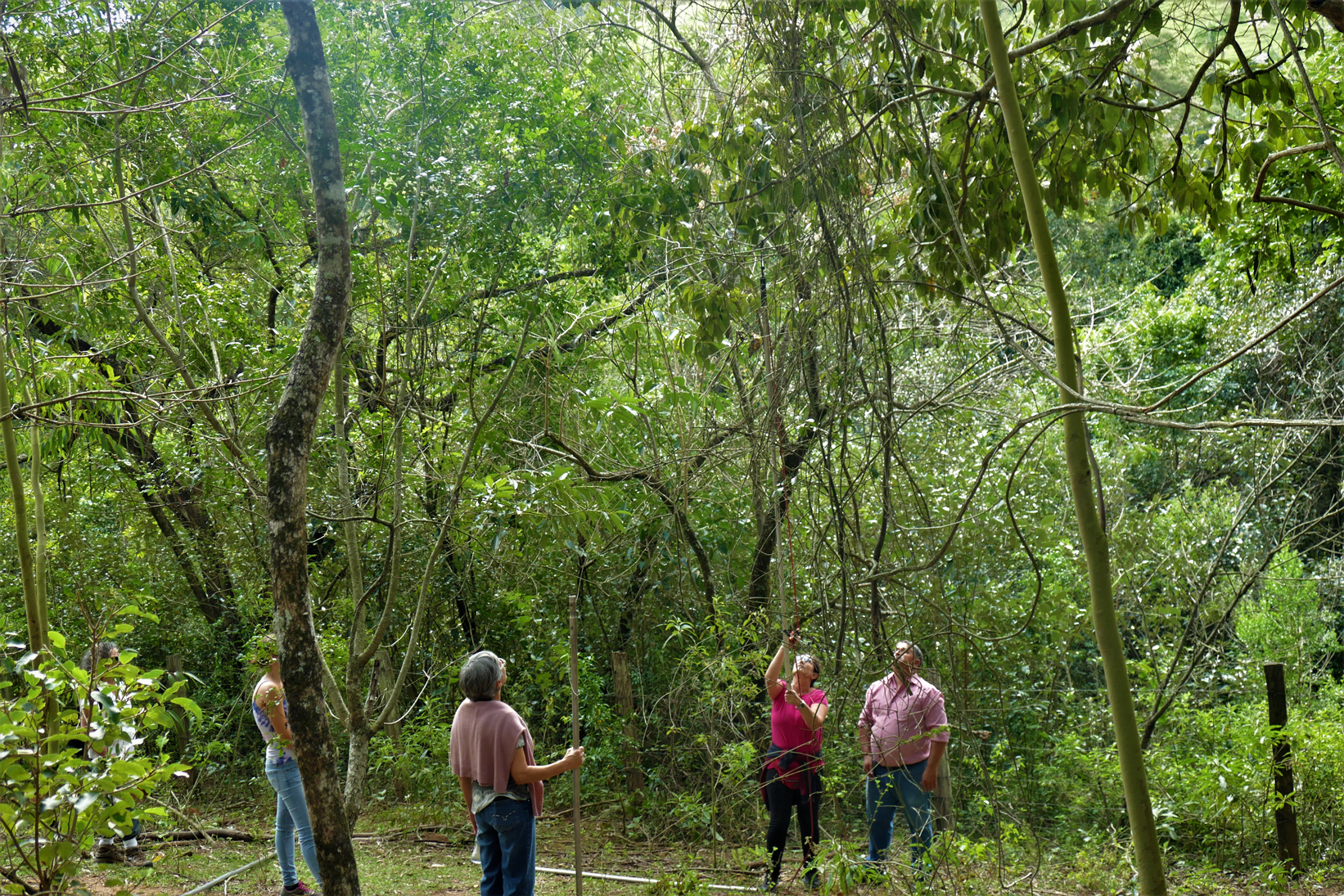
Who would believe that the tree that gave its name to Brazil, the brazilwood or ‘Pau-Brasil’ (Paubrasilia echinata) is threatened with extinction in its country of origin because of the rampant exploitation that started more than 500 years ago? This tree, endemic to the Atlantic forest, has a dense, orange red heartwood that yields a red dye used to dye wood. The excessive harvesting of this species has led to a dramatic decline in the number of trees, so that now the brazilwood is listed as an endangered species by the IUCN.
To avoid the extinction of this iconic tree species that symbolizes Brazil, the Jardim Botânico Araribá (JBA), located in the city of Amparo, São Paulo has partnered with BGCI to implement integrated in and ex situ conservation actions, including collection of propagules; propagation and development of best-practice propagation at botanic gardens; and the generation of a stock of seedlings to plant in ex situ conservation collections and in situ recovery populations in the wild.
Unfortunately, not only ‘Pau-Brasil’ is threatened with extinction. The biome where this tree occurs, the Atlantic Forest, is as rich in biodiversity as the Amazon Rainforest. This Brazilian biodiversity hotspot is recognised as one of the most degraded ecosystems on the planet, only 7% of the original cover remains.
This project also includes the integrated in- and ex-situ conservation action for other three Atlantic Forest native tree species, Cedrela fissilis, Zeyheria tuberculosa and Chloroleucon tortum. All of them have been intensely exploited over the years due to their wood quality.
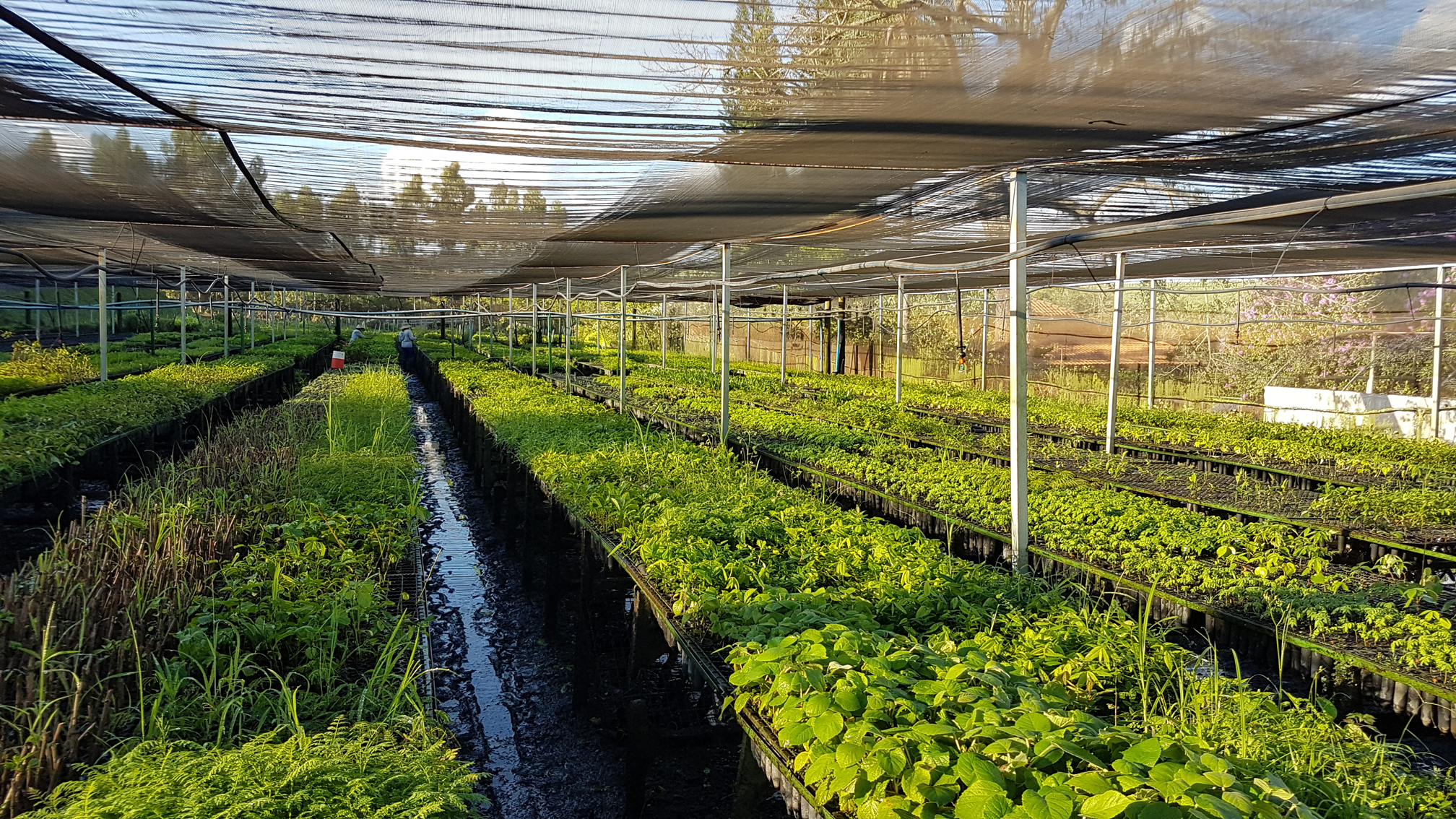
Planting and Protecting Seedlings
The project has planted more than 1,600 seedlings for the four tree species in nine Private Reserve of Natural Patrimony (RPPN) areas in the state of São Paulo. According to Brazilian legislation, these areas cannot be deforested, even if they were sold to new owners. These seedlings will serve as future mother plants to collect seeds from that can then be used to propagate the four target species, as stated by the environmental educator and founder of JBA, Guaraci Diniz. “In about 15 years from now, we are going to be able to collect seeds from these plants to multiply them”, estimates Diniz, and he adds that each of these seedlings can be located, in the middle of the forest, by GPS coordinates.
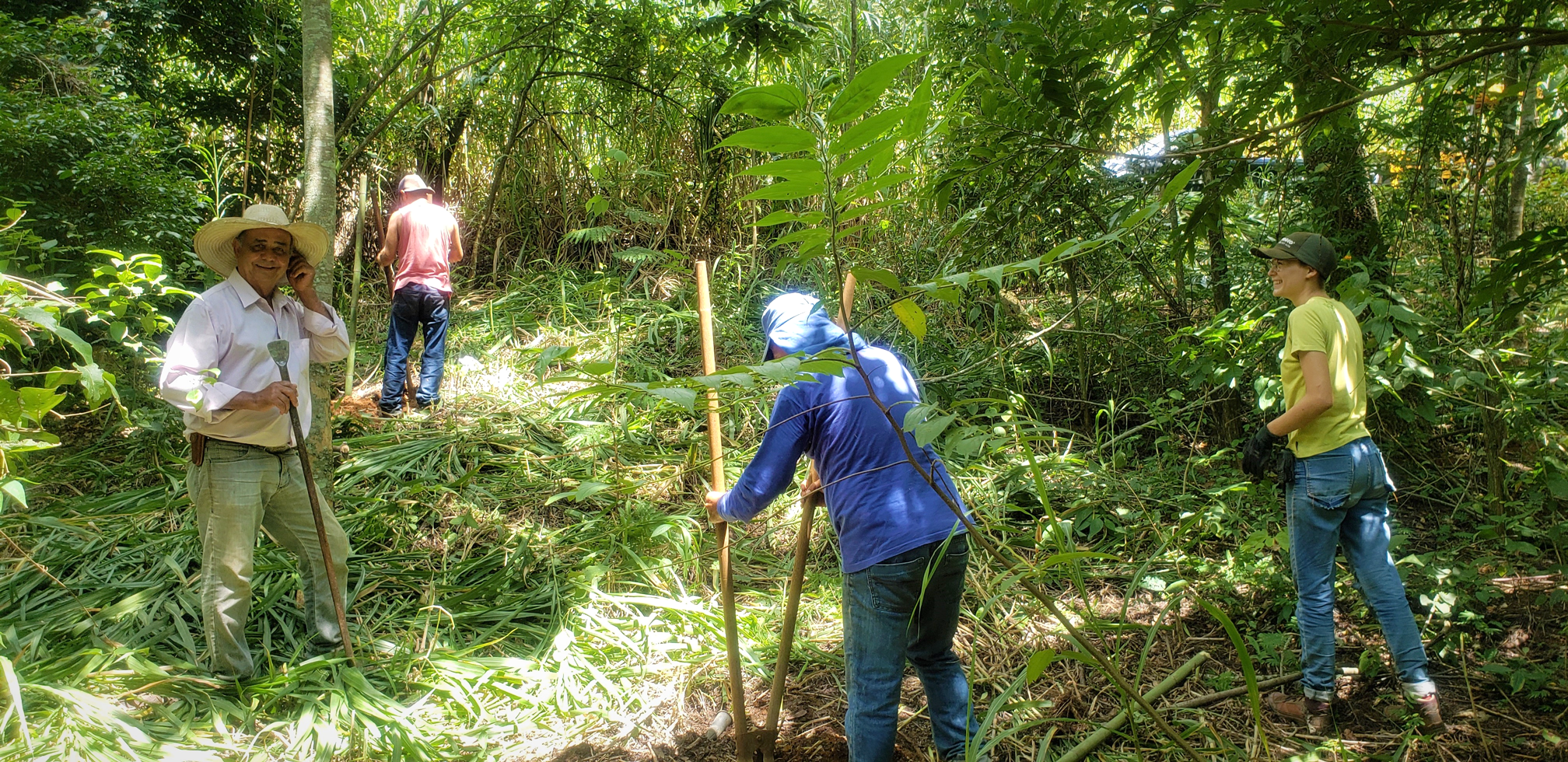
Another important component of the project is the development of propagation protocols for the four species. These include the best timing for seed collection, germination techniques to break dormancy, growing on and after care requirements. This valuable information will be shared with those interested in the conservation of these species so that they can replicate the project’s efforts elsewhere.
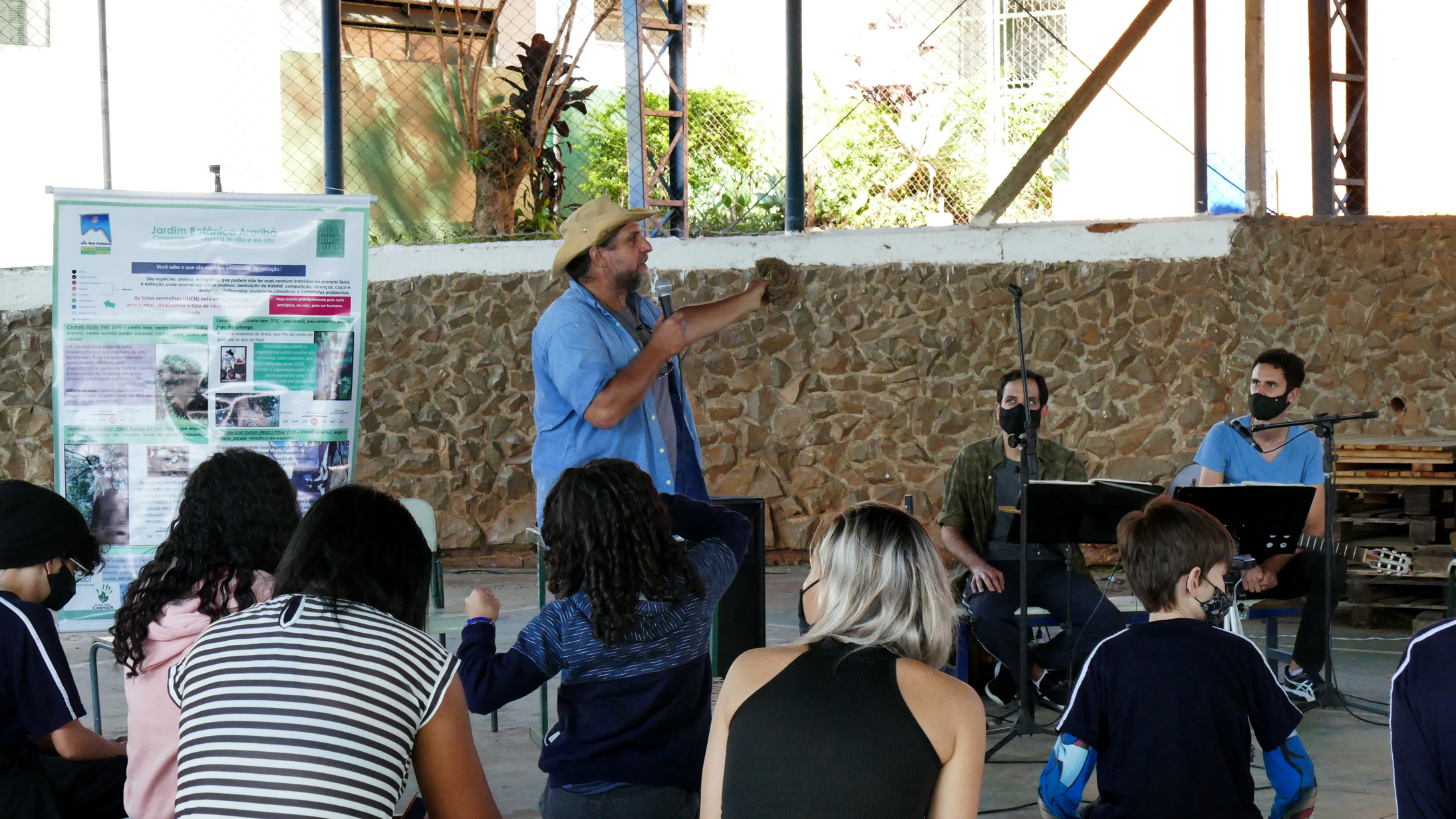
Nurturing environmental consciousness for the local communities
One of the project activities that the COVID 19 pandemic delayed but that was finally implemented was the local community outreach. Sharing the importance of this project and its outcomes is key to the future of project like this. Workshops combined scientific data with ludic-pedagogical performances, were dance and music were integrated to the events. More than 1,200 school pupils from Amparo attended these workshops.
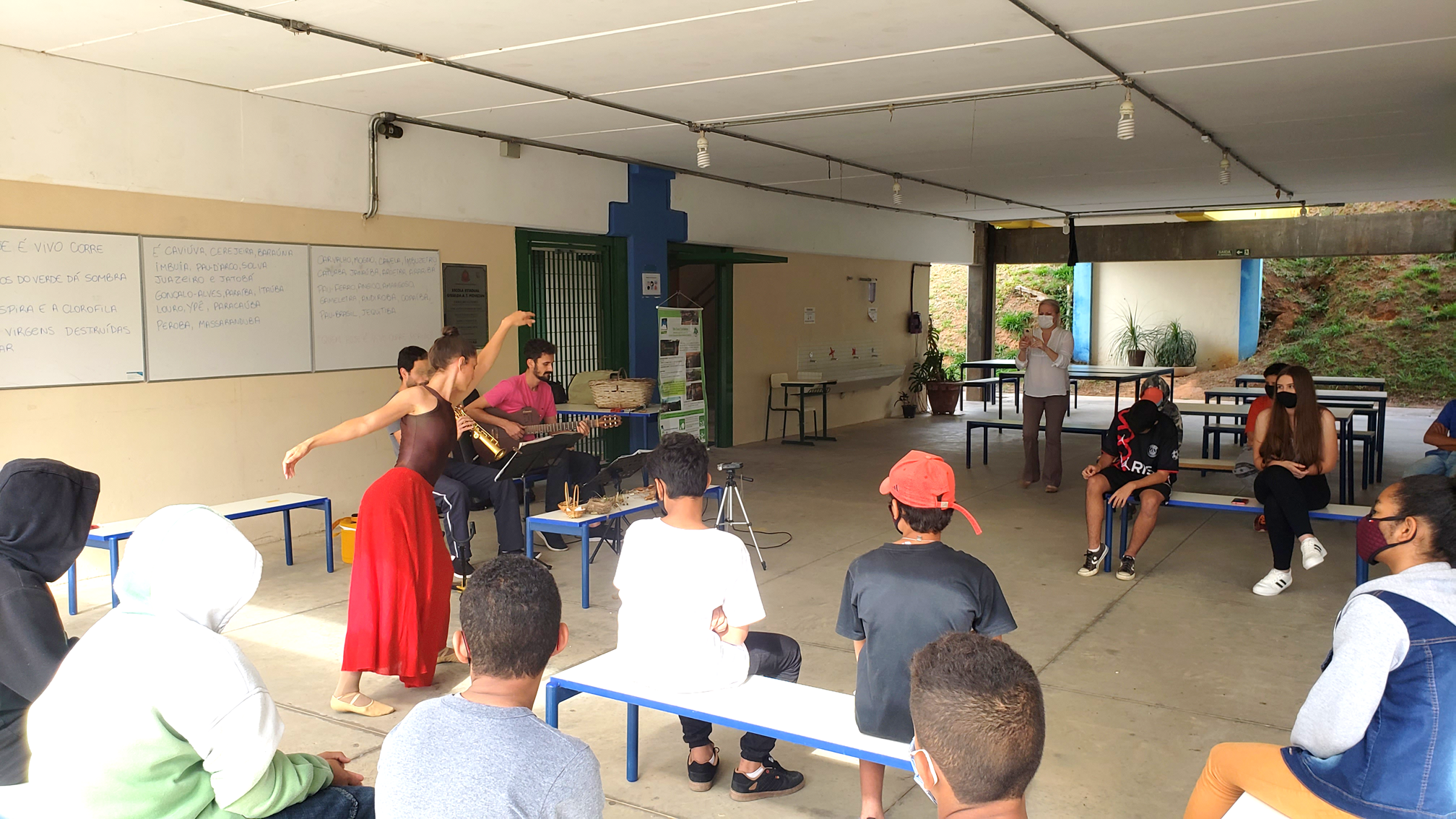
Diniz highlights the importance for the local communities to understand the ecosystem services provided by their native forests as well as the importance for them to take an active role as guardians of this fragile habitat. In particular, the project is helping to provide one of the most precious resources, water. “The town of Amparo is located in an important area of water springs, restoring the degraded landscape with native tree species is supporting the provision of clean water for the urban population”, Diniz states. “The partnership between JBA, BCGI and Fondation Franklinia is all about preserving forests and providing crucial services like water”.
View two videos of this amazing work:
This article was co-authored by Noelia Alvarez, from BGCI, and Tânia Rabello, from Jardim Botânico Araribá for GTC.
Become a Member
Be part of the largest network of botanic gardens and plant conservation experts in the world by joining BGCI today!
Support BGCI
You can support our plant conservation efforts by sponsoring membership for small botanic gardens, contributing to the Global Botanic Garden Fund, and more!